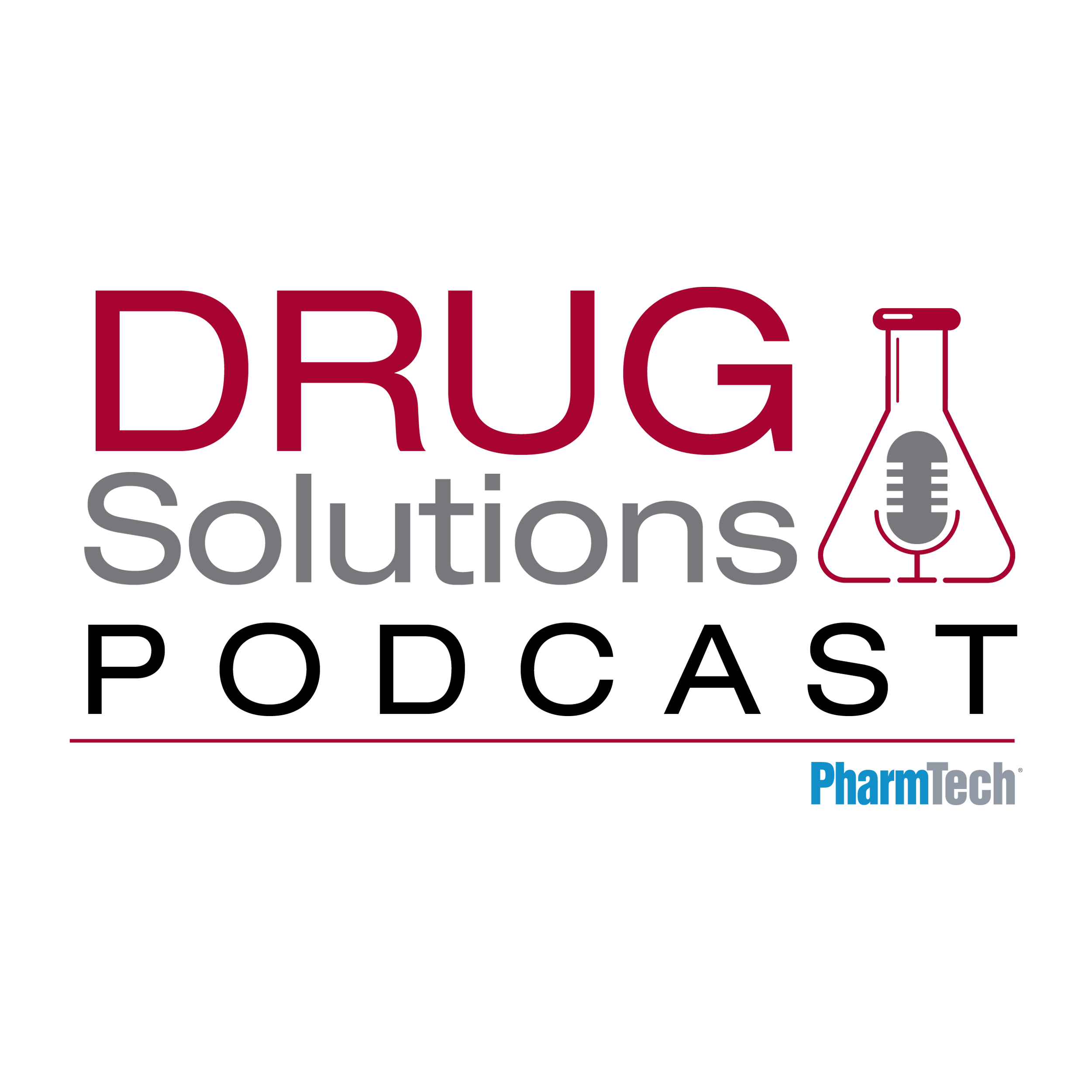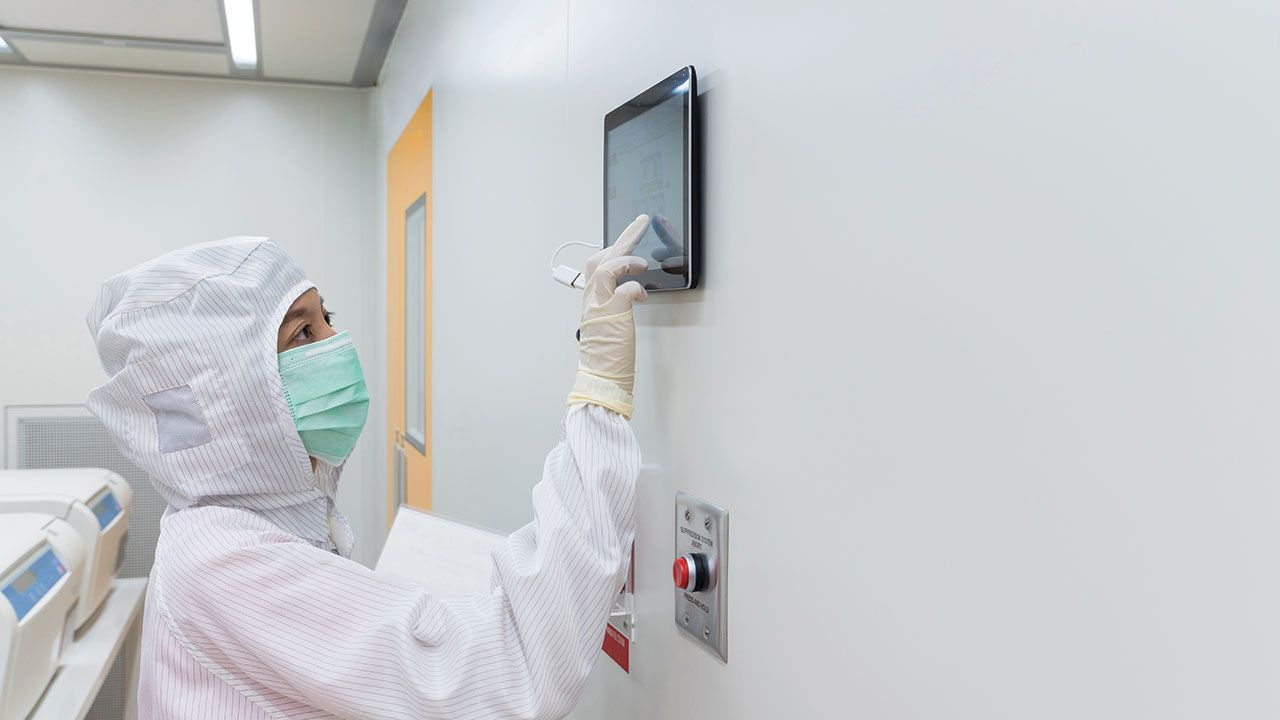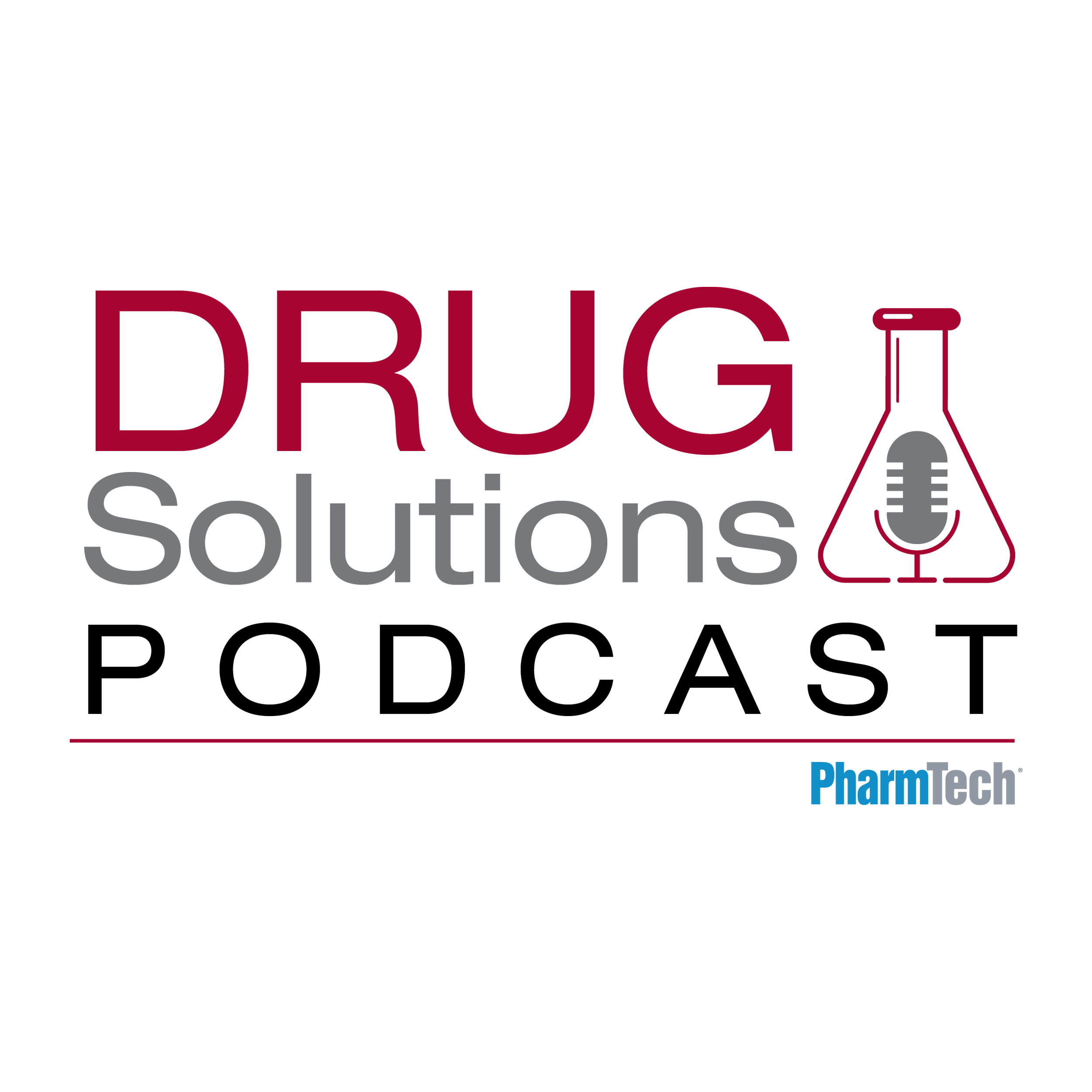News
Article
Pharmaceutical Technology
Pharma 4.0
Author(s):
Pharma 4.0 envisions highly efficient automated processes, which could be continuous, batch, or a hybrid of these, driven by an integrated manufacturing control strategy.
Industry 4.0 was originally a German concept, so it is fitting that the International Society for Pharmaceutical Engineering’s Germany/Austria/Switzerland (ISPE D/A/CH) affiliate introduced the concept of “Pharma 4.0” to apply Industry 4.0 concepts to pharmaceutical manufacturing and formed the ISPE Pharma 4.0 special interest group (SIG) in 2017. Pharma 4.0 envisions highly efficient automated processes-which could be continuous, batch, or a hybrid of these-driven by an integrated manufacturing control strategy.
The idea is a transformation from today’s current submission-based control strategy, in which a strategy for commercial manufacturing is transferred or scaled up from the development phase, to a holistic strategy that includes equipment, facility, GMP, and business controls, which includes adaptation throughout the product lifecycle as learning is captured (1). This holistic strategy is the basis for the automation and digitization program and for lifecycle management as outlined by the upcoming International Council for Harmonization Q12 Technical and Regulatory Considerations for Pharmaceutical Product Lifecycle Management guideline.
To obtain the efficient, robust, and flexible manufacturing operations envisioned in Pharma 4.0, the manufacturing control strategy must be integrated with all parts of the manufacturing process as well as with quality and business functions, explains Line Lundsberg-Nielsen, Global Technology partner at the pharma engineering company NNE. “Vertical integration-the manufacturing floor up to manufacturing execution and enterprise resource planning systems-allows real-time, data-driven decisions. Horizontal integration of laboratory systems with manufacturing process, equipment, and facility systems allows feedforward and backward controls.” The availability of data from across the product lifecycle allows data-driven process control and predictive product quality that increases process robustness and improves quality.
A primary goal of Pharma 4.0 is making pharmaceutical production safer and more efficient along the whole value chain, agrees Claudia Roth, vice-president of Innovation Management at Vetter. The company’s strategic initiative, “Vetter 4.0,” includes digitalization of processes and systems and the use of simulation, for example. Roth notes that the transition to Pharma 4.0 will require cooperation with all parts of the supply chain, academia, and industry associations, as well as exchanging best practices with players from other industries.
Reference
1. C. Herwig, C. Wölbeling, and T. Zimmer, “A Holistic Approach to Production Control: From Industry 4.0 to Pharma 4.0,” accessed Feb. 26, 2018.
Article Details
Pharmaceutical Technology
Vol. 42, No. 4
April 2018
Pages: 24
Citation
When referring to this article, please cite it as J. Markarian, "Pharma 4.0," Pharmaceutical Technology 42 (4) 2018.
About the Author
Jennifer Markarian is manufacturing editor for Pharmaceutical Technology.
Newsletter
Get the essential updates shaping the future of pharma manufacturing and compliance—subscribe today to Pharmaceutical Technology and never miss a breakthrough.






